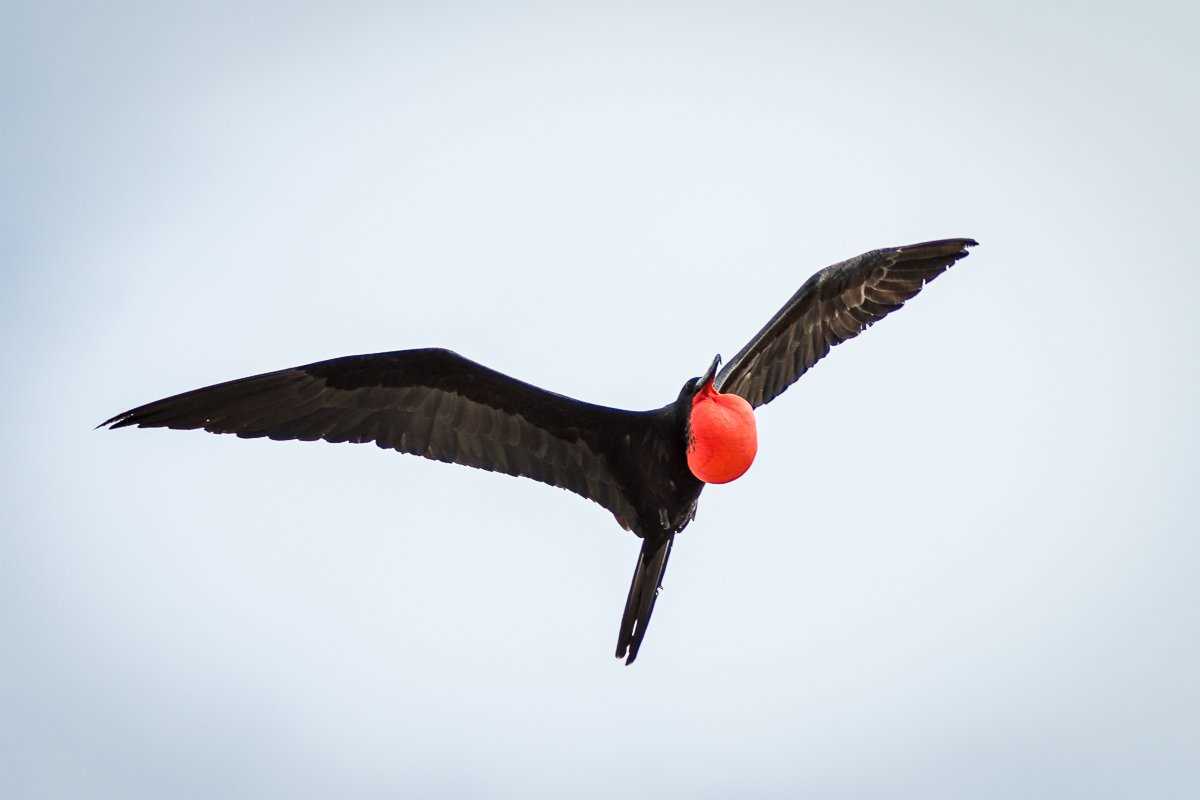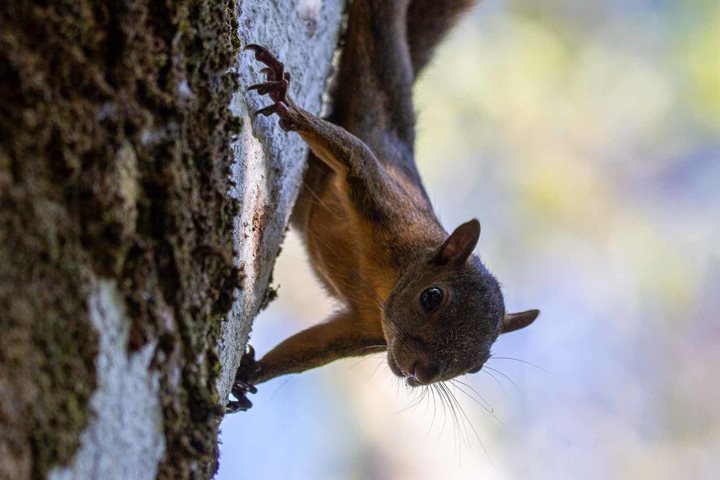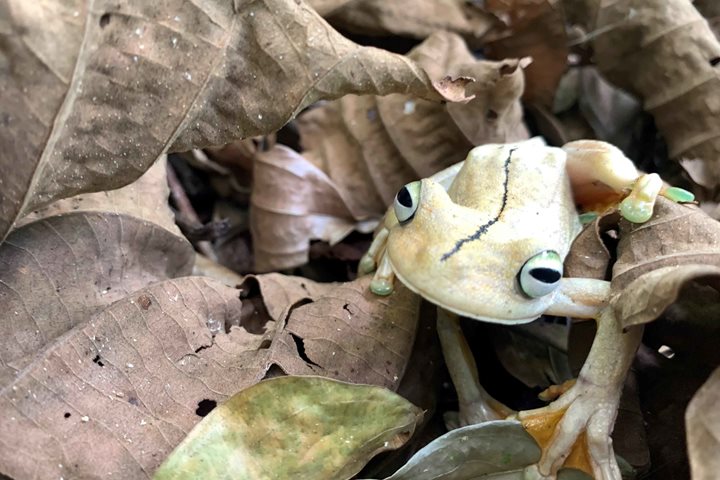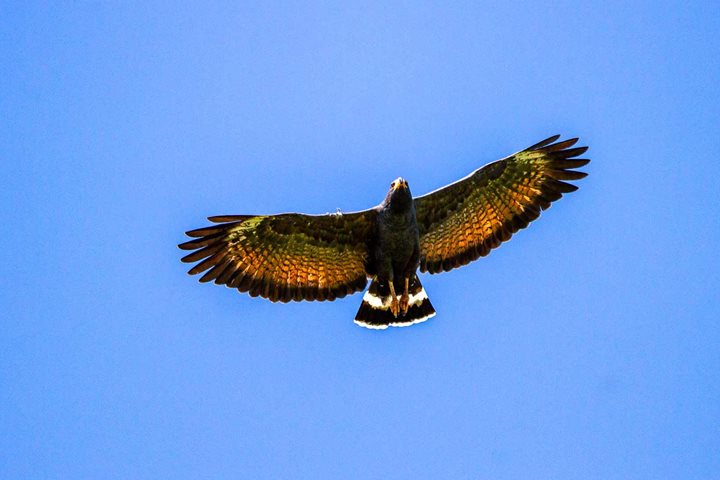The area where the Panama Canal was built does not have very hight mountains, this allows the north eastern trade winds to pass over the land with relative force; this winds will hit the surface of the water causing a up welling that leads to abundance of fish. Another interesting characteristic of the bay of Panama it that it has several group of island and most of them with no mammals or predators, so this are the perfect conditions for birds to nest. Today we visit one of this islands to see this nesting before we entered the Panama Canal.
2/26/2022
Read
National Geographic Quest
Osa Peninsula and San Josesito
Today, National Geographic Quest arrived in the gateway of Corcovado National Park, Costa Rica’s most ecologically intense rainforest. Its diversity is unparalleled. In the morning, our guests enjoyed either a long hike or a walk along the coastline. In both activities, guests spotted scarlet macaws, their colors blazing in the tree canopy. Other tropical birds also displayed extraordinary colors. Among others, we spotted scarlet-rumped tanagers, bay-headed tanagers, and red-legged honeycreepers. We also observed land mammals, including white-nosed coatimundis, on the grounds of the coastal walkway of San Josesito Beach. Later in the afternoon, we repositioned to San Pedrillo, one of the stations of the national park and a highlight of our voyage. The chance to dip into a waterfall pool made every meter of the walk worth it. Along the hike, guests spotted American crocodiles and many types of tropical birds. The importance of this area is demonstrated by the size of its trees. The park, 80% of which is protected, maintains a good balance of the species that inhabit this gorgeous rainforest. The pargo trail was another option for hiking today, and guests enjoyed great sightings of spider monkeys, black-hooded antshrikes, dot-winged antwrens, and rufous pihas. After the afternoon activities, we headed back to the ship. We enjoyed the recap sessions, a great end to this day.







